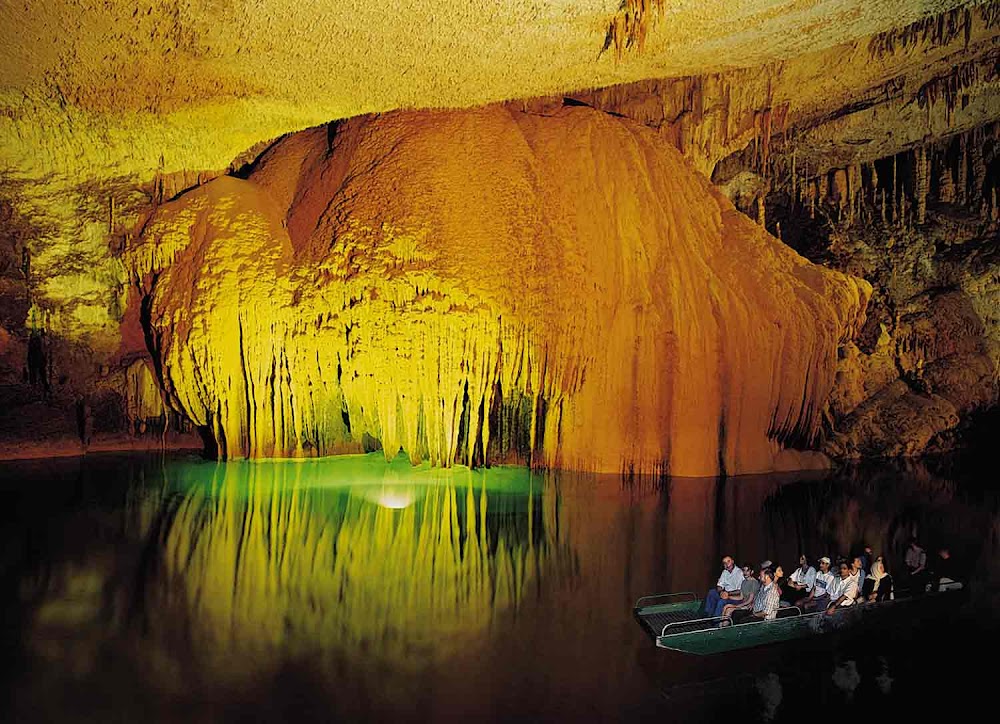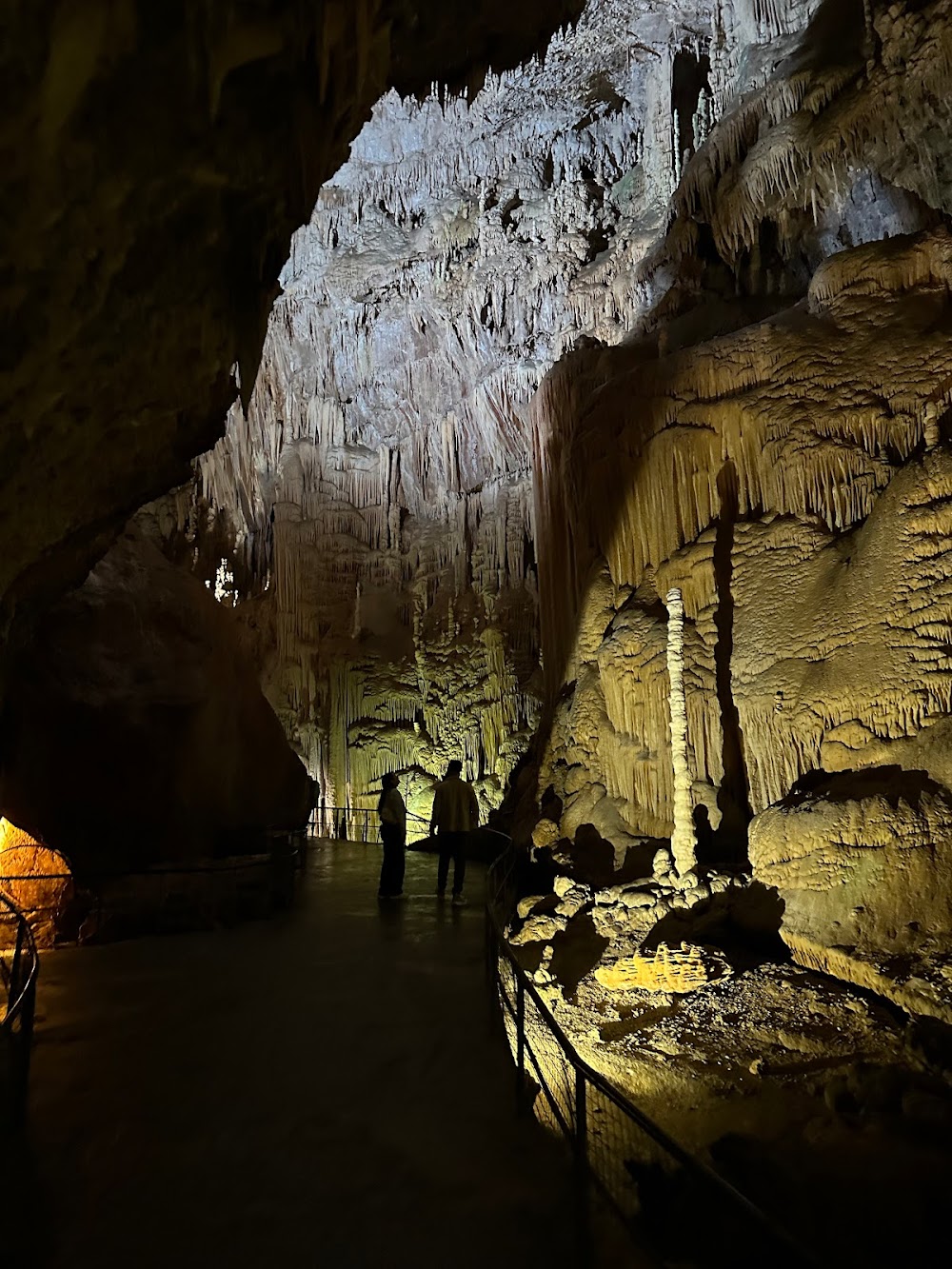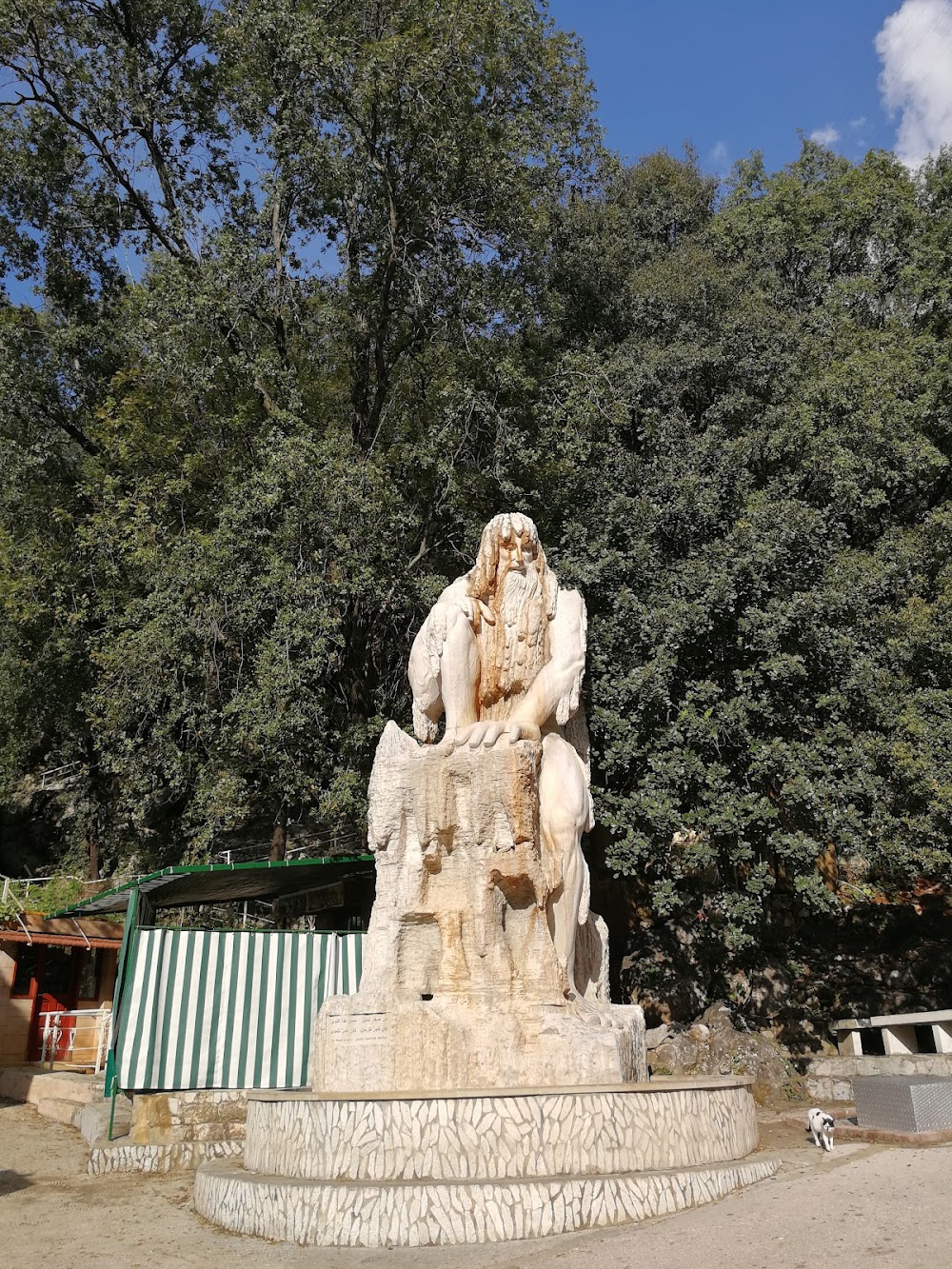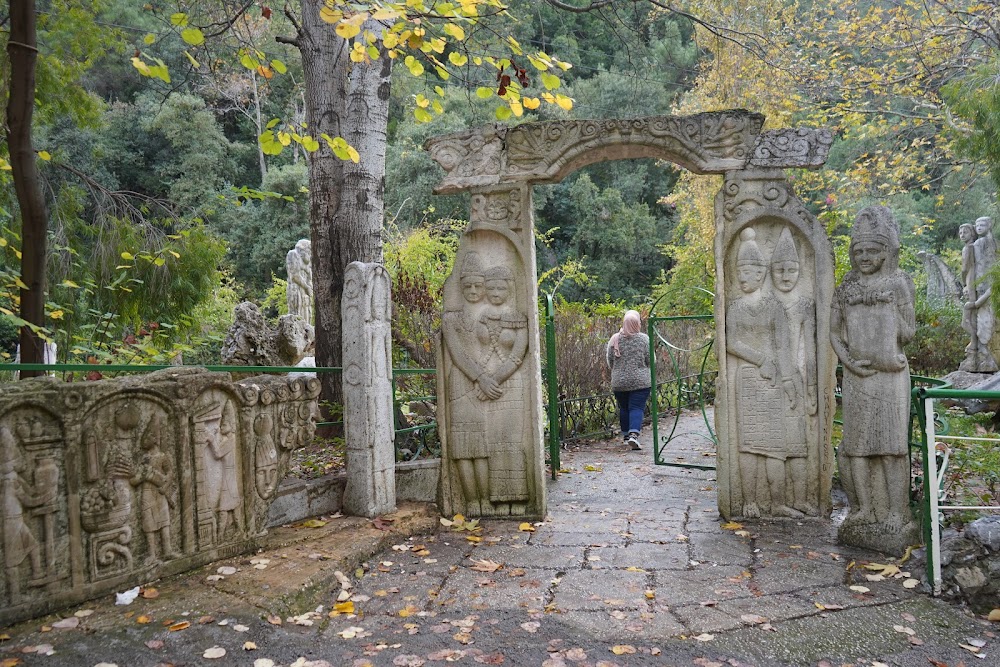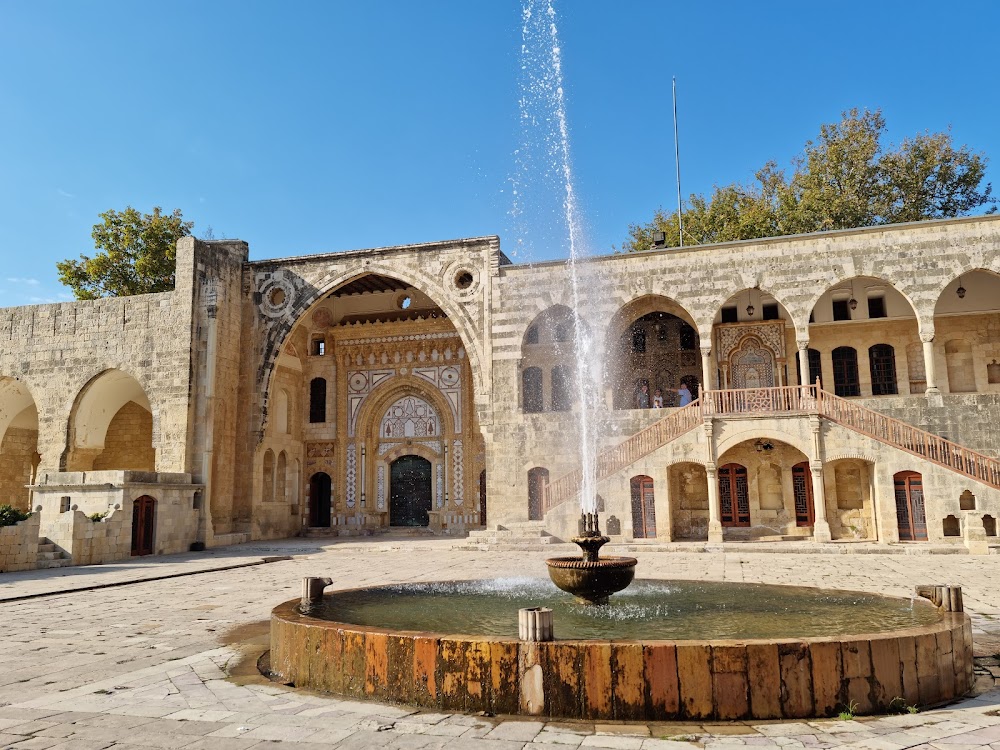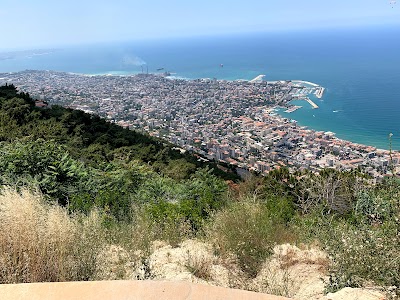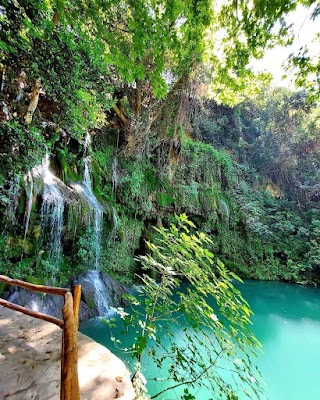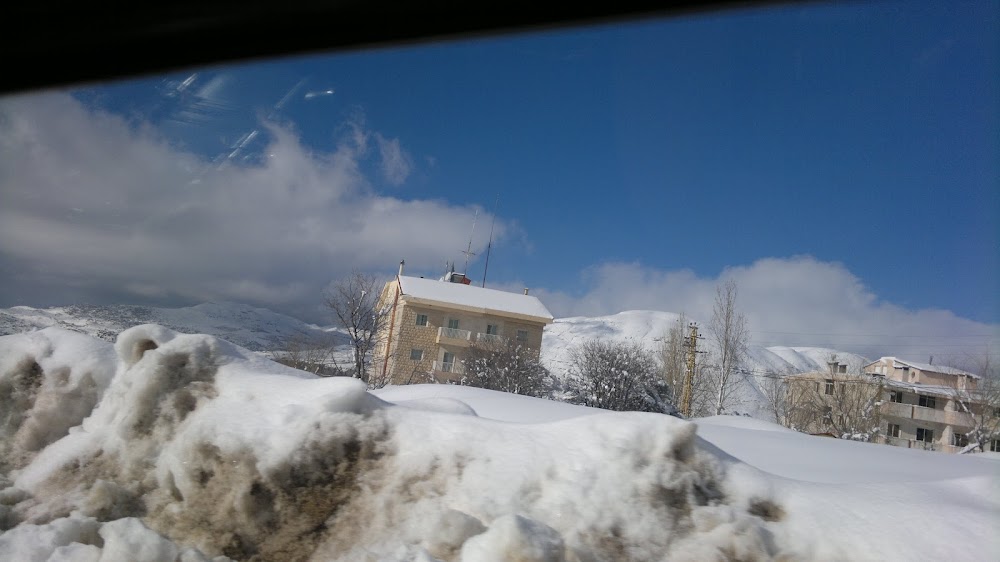Jeita Grotto (مغارة جعيتا)
Related Places
Overview
Jeita Grotto, a breathtaking natural marvel, is nestled in the scenic Nahr al-Kalb valley within the Mount Lebanon range of Lebanon. This captivating cave system has long drawn explorers and visitors alike, mesmerized by its stunning limestone formations and the incredible artistry of nature, sculpted over millions of years.
Exploration and Discovery
The grotto is comprised of two main sections: the upper and lower galleries. The lower grotto, accessible by boat, was discovered in the 19th century by Reverend William Thomson in 1836. An underground river, fed by melted snow and rain, carved this impressive cave system, creating intricate passageways and grand chambers within the limestone rock. This continuous flow of water has resulted in a subterranean wonder that enchants all who venture inside.
The Upper Gallery
The upper gallery, uncovered in the 1950s by Lebanese speleologists, showcases a breathtaking display of majestic stalactites and stalagmites. Over time, as water drips from the cave's ceiling, minerals are deposited, giving rise to these stunning formations—some of which are among the largest in the world. Visitors exploring the upper chambers are treated to a striking variety of shapes and sizes, making for an unforgettable experience in this natural gallery.
Tourism Development
Following the Lebanese Civil War, efforts to manage and develop Jeita Grotto as a tourist destination began in earnest. Officially opened to the public in 1958, pathways and boating facilities were established to ensure accessibility while preserving the grotto's pristine condition. Over the years, additional infrastructure, including sophisticated lighting systems, has been introduced to enhance the visitor experience without disturbing the cave's natural beauty.
Ecological Significance
Jeita Grotto is not only a monumental example of nature's artistry, extending roughly 9 kilometers, but it also serves as a vital habitat for unique cave-dwelling species, some of which are endemic to Lebanon. While only a portion of the grotto is accessible to the public for safety and conservation reasons, its ecological importance cannot be overstated.
Conservation Efforts
Preserving Jeita Grotto's delicate ecosystem is a top priority. The Lebanese government, alongside various environmental organizations, continuously monitors the grotto, enforcing measures to minimize human impact. This careful balance between tourism and conservation ensures that this natural heritage remains intact for future generations.
Cultural Importance
Beyond its natural significance, Jeita Grotto holds a special place in Lebanese culture and folklore, representing a source of national pride. Efforts have been made to gain international recognition for the grotto, including a bid for its designation as one of the New7Wonders of Nature.
In summary, Jeita Grotto stands as a magnificent testament to the serene yet powerful forces of nature. Its formation over millions of years creates an awe-inspiring sight that leaves an enduring impression on all visitors. With a vision that respects its natural grandeur and ecological sensitivity, Jeita Grotto continues to enchant and inspire, solidifying its status as one of Lebanon's most treasured natural landmarks.


